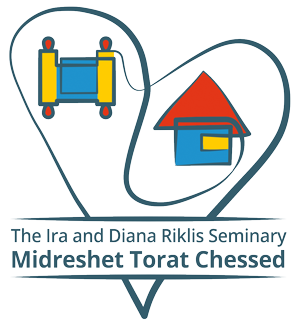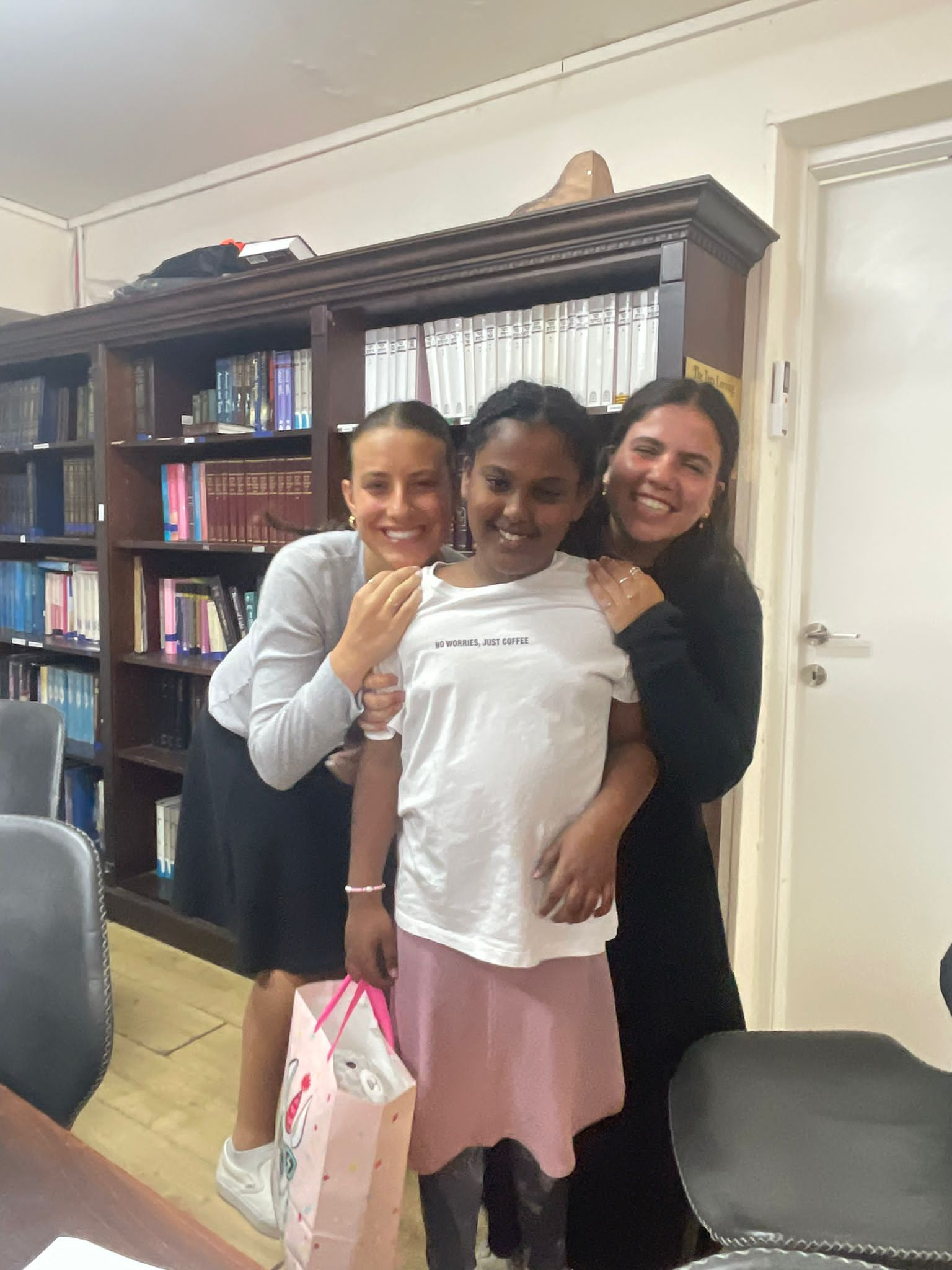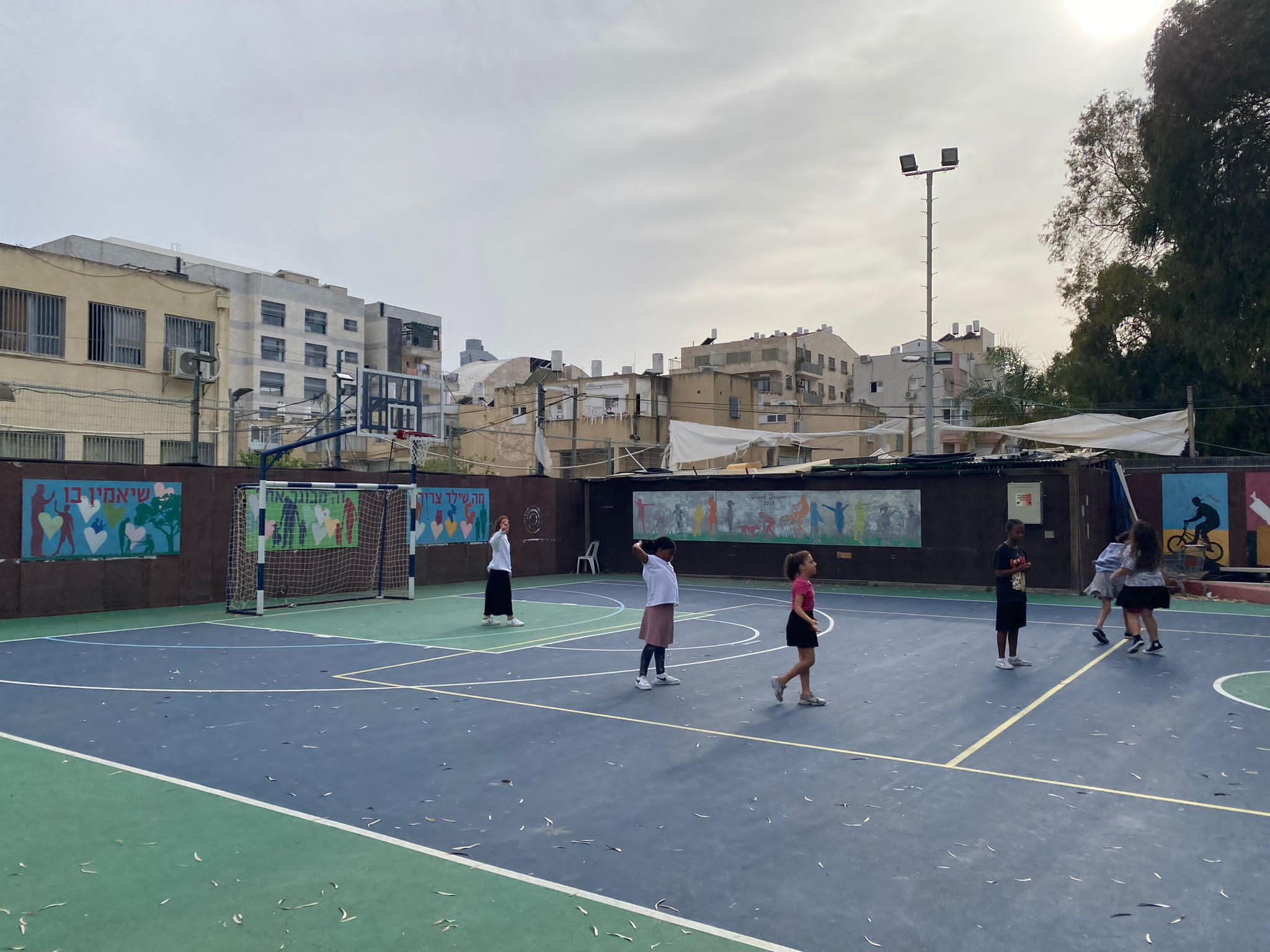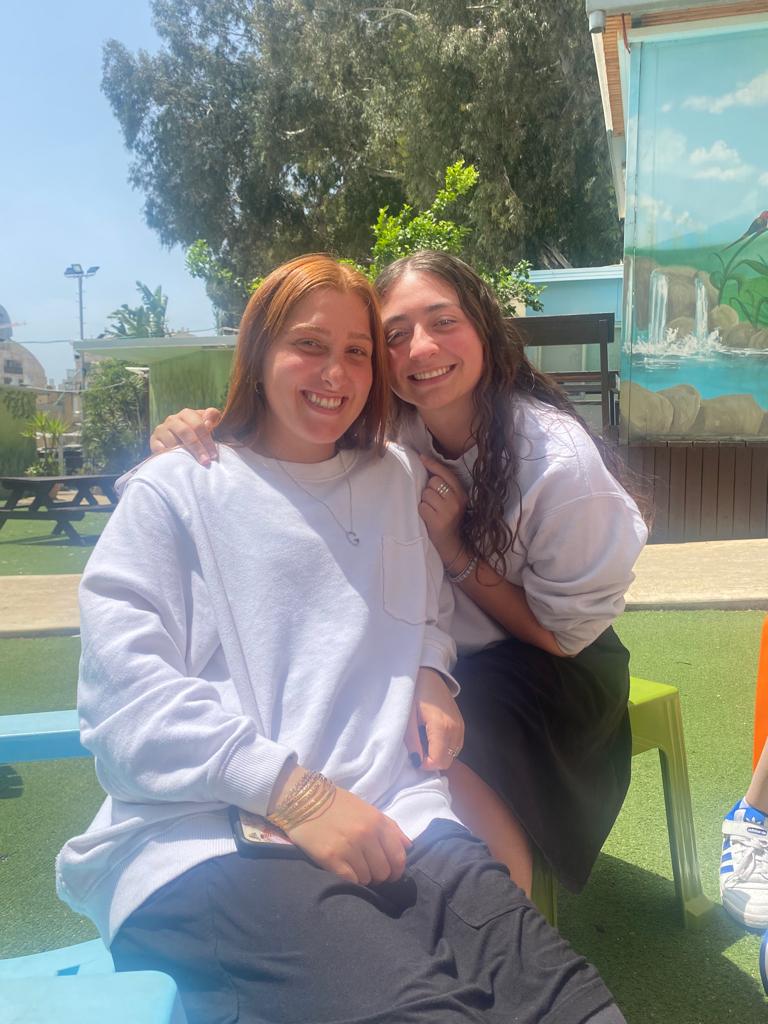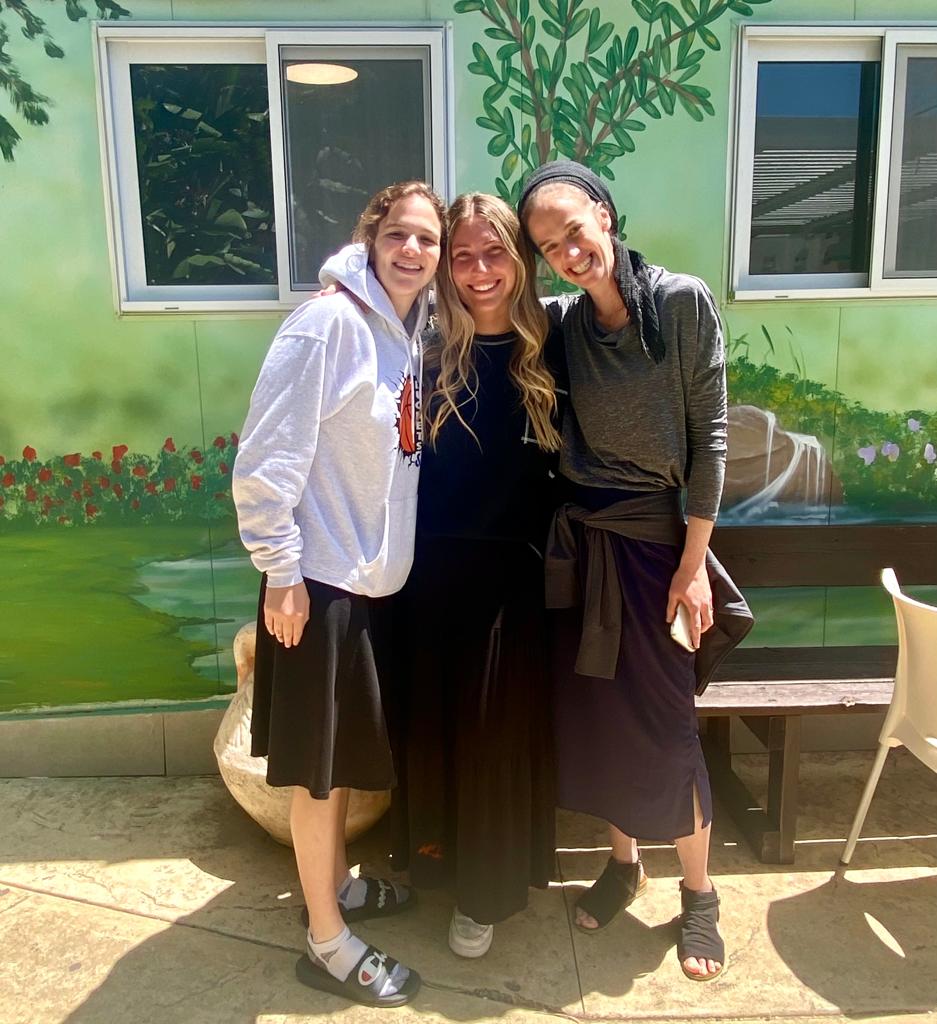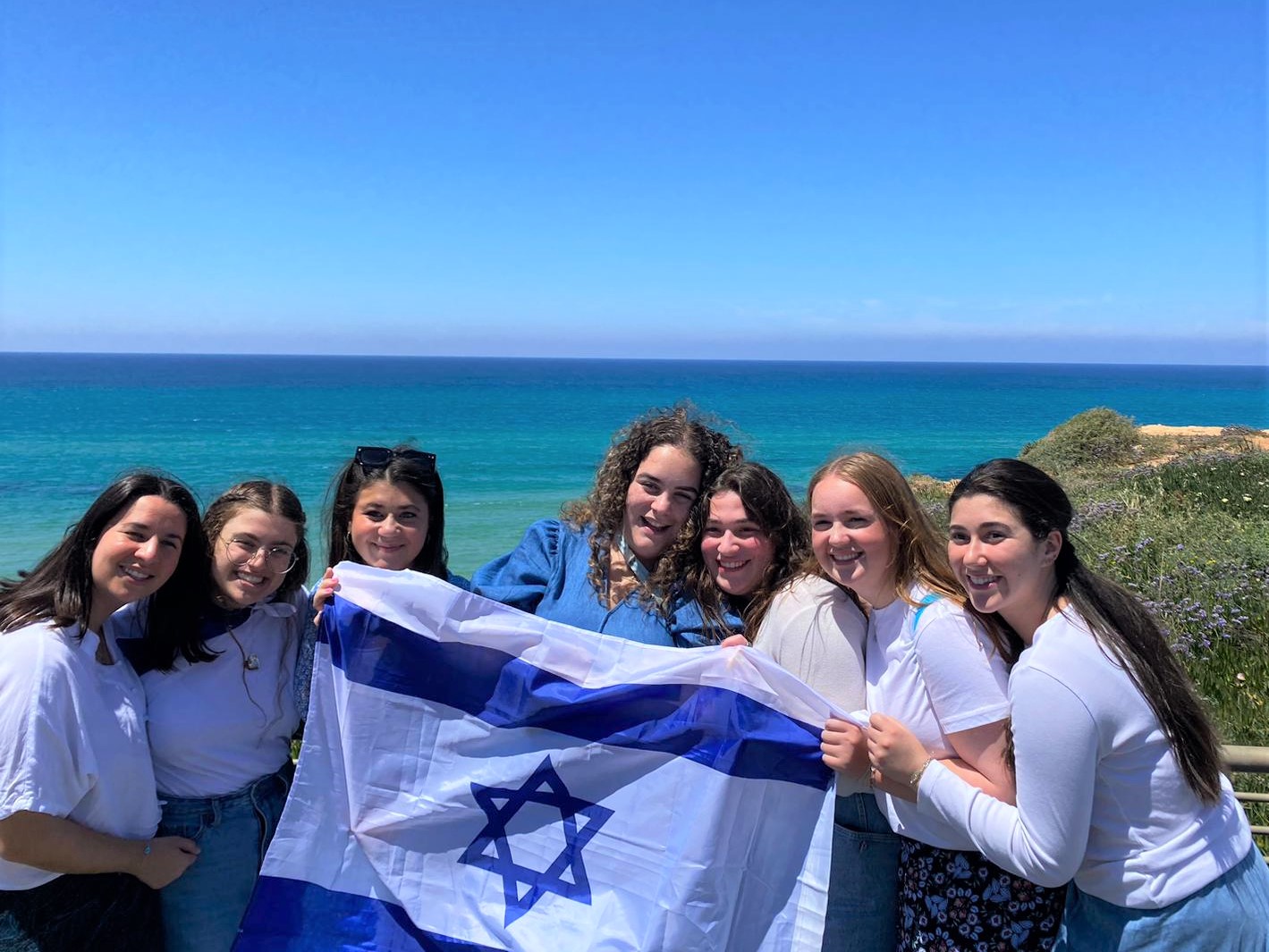
30 Apr MTC Highlights: Parshat Achrei Mot-Kedoshim

Tali Karp - Educator
Parshat Achrei Mot-Kedoshim
(א) וַיְדַבֵּ֥ר ה’ אֶל־מֹשֶׁ֥ה לֵּאמֹֽר (ב) דַּבֵּ֞ר אֶל־כָּל־עֲדַ֧ת בְּנֵי־יִשְׂרָאֵ֛ל וְאָמַרְתָּ֥ אֲלֵהֶ֖ם קְדֹשִׁ֣ים תִּהְי֑וּ כִּ֣י קָד֔וֹשׁ אֲנִ֖י ה’ אֱלֹקֵיכֶֽם׃
(1) The LORD spoke to Moses, saying: (2) Speak to the whole Israelite community and say to them: You shall be holy, for I, the LORD your God, am holy.
These are These the famous opening words in parshat Kedoshim. There is so much to unpack in these short verses. What does it mean to be holy or kadosh? Is this a mitzvah of the 613 mitzvot? What is God demanding of us? Why does the pasuk say the reason is because God is holy? Is that relevant to the meaning of holiness? It’s also interesting to note that here God tells Moshe to speak to the entire community of Bnei Yisrael. That is not always written, even if it is implied. Why is it written here with this specific command?
There are many commentators who analyze these pesukim. Rashi, the foremost commentator on the Torah, focuses on the location of this pasuk and its juxtaposition to chapter 18 and 20. He notes that this pasuk comes right after Chapter 18 which listed all the forbidden sexual relationships. Additionally, Chapter 20 continues to convey these same laws. Rashi, therefore, concludes that kedusha is being separate and away from any sexual immorality and impropriety. Ibn Ezra takes a similar approach that kedusha must be about staying away or being separate from sin. He focuses on the end of the pasuk that says the reason is because God is holy. Therefore, kedusha is refraining from idol worship.
Both of those perspectives focus on the negativity and sanctity as derived from abstaining from sin. In contrast, the Ramban famously explains the idea of kedusha as separating from indulging in what is permitted. He explains the concept of a נבל ברשות התורה, a scoundrel with the permission of the Torah. A person should not overindulge in what is allowed to him such as wine, food or permitted sexual relations. In contrast to Rashi and Ibn Ezra who focus on expanding previous negative commandments, the Ramban explains this mitzvah in a completely different way. He focuses on how sanctity is rising above what is allowed or going above and beyond.
Rabbi Jonathan Sacks beautifully articulates how kedusha is what sets our people apart. InSefer Vaykira, a book that had until this parsha been primarily directed to the kohanim, God now turns to all of the people. This command to be holy is for everyone. Other societies also had priests and hierarchies but Rabbi Sacks notes that here there is a “democratisation of holiness.” When God creates man, it says in the Torah that man is made in the image of God. This idea is not unique as many religions thought of their leader to be like deities such as Pharoah. However, the revolutionary idea here is that everyone is Godly and everyone can be holy. It is not just the leader or king.
Rabbi Sacks goes on to write that what is so unique is that after the destruction of the Beit Hamikdash, the Sages transformed the entire avodah of sacrifices done by the kohanim into the everyday life of Jews. For example, this was done through tefillah. Each tefillah is thought to replace the sacrifices brought at those times of day. Additionally this transformation occurred, through the creation of each shul as mini Beit Hamikdash and every table as a mini mizbeach. Torah study no longer was reserved for the elite but every Jew was able to learn and grow in Torah. Perhaps, this is the true way of becoming a “kingdom of priests and a holy nation” that God had charged us to be.
This week, after mourning on Yom Hazikaron and celebrating on Yom Ha’atzmaut, it is only fitting that we read Parshat Acharei Mot and Kedoshim. The messages in these pesukim and about kedusha are extremely timely. It is critical for us to recognize that each person is created b’tzelem elokim. We must treat every person with dignity and respect. We need to recognize that each of us can attain kedusha and to take every opportunity to bring kedusha into our lives. Hopefully, if we do our best, God will bring back the ultimate place of kedusha with the coming of Mashiach and the rebuilding of the Beit Hamikdash speedily in our days.
Student Reflection
Dana Spira - Woodmere, NY - HAFTR, NY

This week at MTC has been one of the most special of my life. We visited Yad Vashem, Jerusalem’s Holocaust Museum, and learned the importance of never forgetting what happened to our people. It was powerful.
I was looking forward to being in Israel for Yom Hazikaron, and the day exceeded my expectations. First, we went to a tekes and heard from many families who had lost loved ones while defending our country. We headed to Har Hertzel the next day and learned about other selfless soldiers with the most inspiring stories. I’ve never had an experience like this before. Men, women, and children gathered to remember loved ones who died protecting our country.
The transition from Yom Hazikaron, a day of mourning, to Yom Ha’Atzmaut, Israel’s birthday, reminds us of the importance of having a Jewish homeland. We celebrated with a concert by Yishai Ribo. The next day, we had a barbecue with our kids in the pnimia.
I am beyond grateful to have the privilege of celebrating these special holidays in Israel with the most wonderful people.


